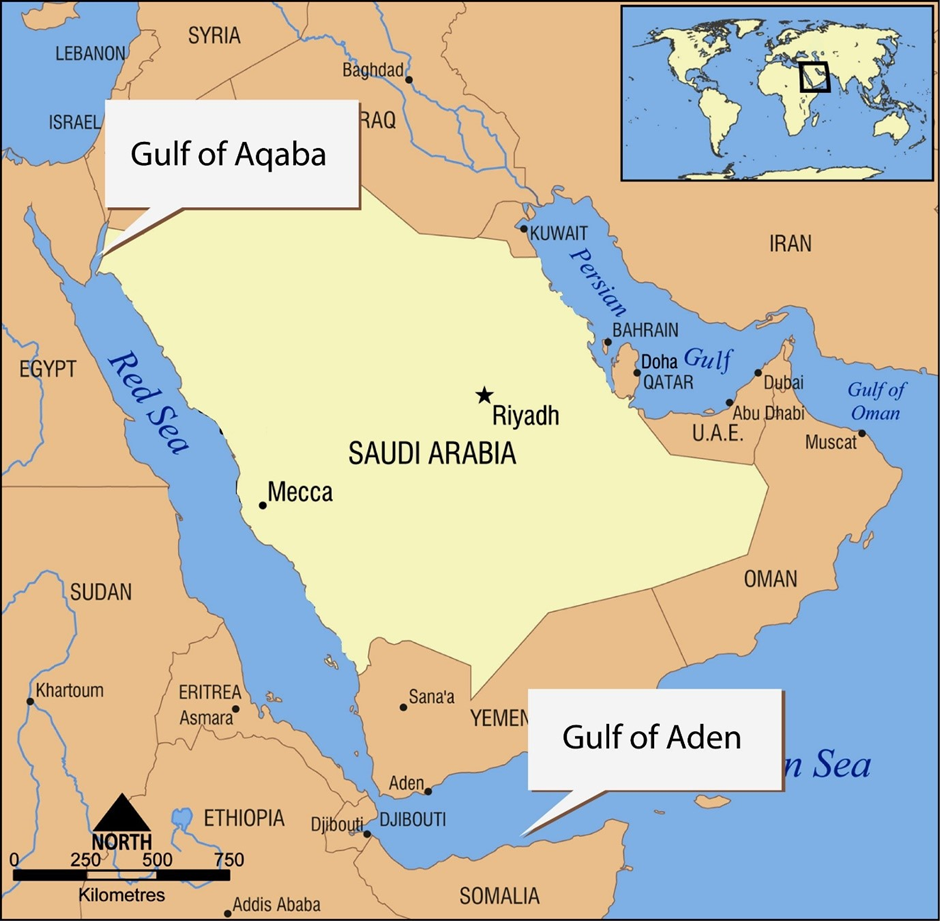ANTARCTIC TREATY
ANTARCTIC TREATY
Why In News:
§ 46th
Antarctic Treaty Consultative Meeting (ATCM) and 26th Committee on
Environmental Protection (CEP) concluded
§ These
were hosted by the National Centre for Polar and Ocean Research, Ministry of
Earth Sciences, Government of India.
About:
§ The
Antarctic Treaty was signed between 12 countries in Washington on 1st December
1959 for making the Antarctic Continent a demilitarized zone to be preserved
for scientific research only.
§ The
twelve original signatories are Argentina, Australia, Belgium, Chile, France,
Japan, New Zealand, Norway, South Africa, the Union of Soviet Socialist
Republics, the UK and the US.
§ It
entered into force in 1961 and has since been acceded by many other nations.
§ Antarctica
is defined as all of the land and ice shelves south of 60°S latitude.
§ Recently,
an enormous iceberg 'A-76' has calved from the western side of the Ronne Ice
Shelf, lying in the Weddell Sea, in Antarctica.
Members:
§ Currently
it has 54 parties. India became a member of this treaty in 1983.
Headquarters:
§ Buenos
Aires, Argentina.
Major Provisions:
§ Promoting
the freedom of scientific research.
§ Countries
can use the continent only for peaceful purposes.
§ Prohibition
of military activities, nuclear tests and the disposal of radioactive waste.
§ Neutralising
territorial sovereignty, this means a limit was placed on making any new claim
or enlargement of an existing claim.
§ It
put a freeze on any disputes between claimants over their territories on the
continent.
Dispute &
Resolution:
§ There
have been tensions from time to time. Argentina and the UK, for instance, have
overlapping claims to territory on the continent.
§ However,
a key reason why the treaty has been able to survive has been its ability to
evolve through a number of additional conventions and other legal protocols.
§ These
have dealt with the conservation of marine living resources, prohibitions on
mining, and the adoption of comprehensive environmental protection mechanisms.
§ As
disputes have arisen over the years, many have been addressed through the
expansion of the treaty framework with these agreements. This framework is now
referred to as the Antarctic Treaty System.



Comments
Post a Comment